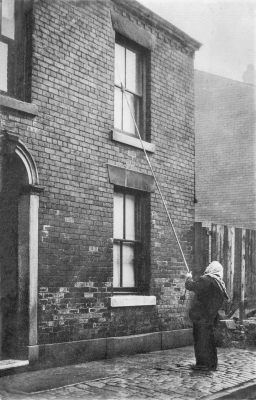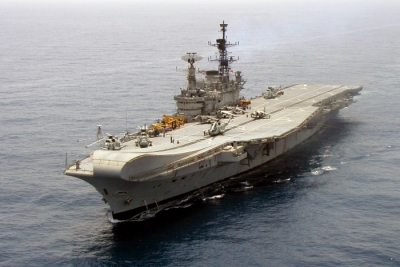
Few ancient civilizations were as developed and prosperous as that of the Indus Valley. It had remarkably organized cities, a thriving economy, a better quality of life than that of many other civilizations.
A still mysterious civilization
The civilization of the Indus Valley is not as well known as those of Mesopotamia and Egypt which existed at the same time, presumably because its writing has not yet been deciphered.
So we still do not know much about the functioning of this society. Even its origins remain mysterious, it is not known when it appeared precisely.
This civilization had its golden age between 2600 and 1900 BC, with the two largest cities, Mohenjo-Daro and Harappa, in particular, but it certainly appeared long before, perhaps even before the Mesopotamian civilizations. It could therefore be the first civilization of humanity.
An ideal geographical location
As the name suggests, this civilization was established along the Indus River which today flows mainly in Pakistan.
The Indus Valley is located at the eastern end of the rains that washed down the Mediterranean and the Middle East and at the western end of the Indian monsoon. The population therefore lived precisely where these two climatic systems meet.
The valley thus experiences two wet seasons, winter and summer, which allowed farmers to harvest two annual harvests. In Antiquity, the Indus Valley was therefore a particularly fertile region.
Thanks to these enormous agricultural yields, the economy was surplus, even flourishing, which allowed the populations to export the surplus food. Indeed, this civilization was very oriented towards trade.
Flourishing trade
At its peak, between 2600 and 1900 BC, the Indus Valley civilization extended over approximately 800,000 km², but its trade network extended far beyond. Harappan merchants did business in China, Southeast Asia, and Mesopotamia.
They exported all kinds of goods, agricultural products like cotton, a crop very greedy in water, which was relatively easy to cultivate in an area so watered by the rains.
The Harappans also took objects, pottery, ceramic or terracotta dishes, often of good quality.
Innovative technologies
They also sold ornaments (statuettes, figurines, etc) in copper and bronze thanks to a process ahead of its time and even still used today : Lost-wax casting
It is a process in which molten metal replaces, by melting it, a wax model placed in a mold. This technique allows complex parts to be cast in one piece (without welding) with great precision in details.
To guarantee trade, trust is essential. Sellers and buyers must trust each other. Nowadays, trademarks, like logos or labels.
But thousands of years ago the people of the Indus Valley had already invented this. In particular, they used terracotta seals which had the same function as modern brands. They attested to the quality of the product and to the merchant’s membership of a particular community.
Planned cities
The Harappan cities were organized according to a very rational, resolutely modern plan. The streets, the buildings were all tailor-made.
The cities obeyed mathematical principles. The length of the buildings was greater than their width at a fixed ratio and accurate to less than 1 %, which made the architecture complex. These proportions may have obeyed cosmic forces, very present in Hindu mythology.
Running water is often associated with ancient Rome. Yet the cities of the Indus were also equipped with a remarkable water supply system, thousands of years before the Romans.
The houses had bathrooms and toilets. The waste water was evacuated, thanks to terracotta pipes, in gutters then in the river.
A peaceful society?
Once again, for lack of torn writing, little is known about Harappan society. However, archaeological excavations would indicate that these societies were relatively peaceful and egalitarian.
The towns were surrounded by ramparts but nothing indicates that they had a defensive function, they were rather used to control the influx of people and goods. In addition, few weapons were found.
The rarity, even the absence of wars can be explained by the trade which had a particular important place in the valley of Indus. Indeed, trading partners rarely go to war.
An egalitarian society?
Archaeologists have not found any royal palaces or religious temples. That doesn’t mean there weren’t any, but then they were modest in size.
This would therefore indicate that the Harappan societies were more egalitarian than the Mesopotamian and Egyptian societies which had, for their part, monumental palaces and temples for the elites and priests.
Mysterious disappearance
After a golden age of 7 centuries, the civilization of the Indus Valley ended up disappearing around 1900 BC for reasons still unknown.
However, it is likely that at the time the region was ravaged by epidemics due to the long distance trade which brought diseases from far away lands, such as leprosy and tuberculosis, which surely contributed to the decline of this civilization.
In addition, at this time, the region’s climate probably dried up, reducing agricultural yields. Societies were ravaged by malnutrition and even famine.
Finally, the decline of this civilization has undoubtedly destabilized the social order, which would have created violent conflicts as evidenced by many damaged skeletons dating from this period.
Credit : Quora
Picture Credit : Google





